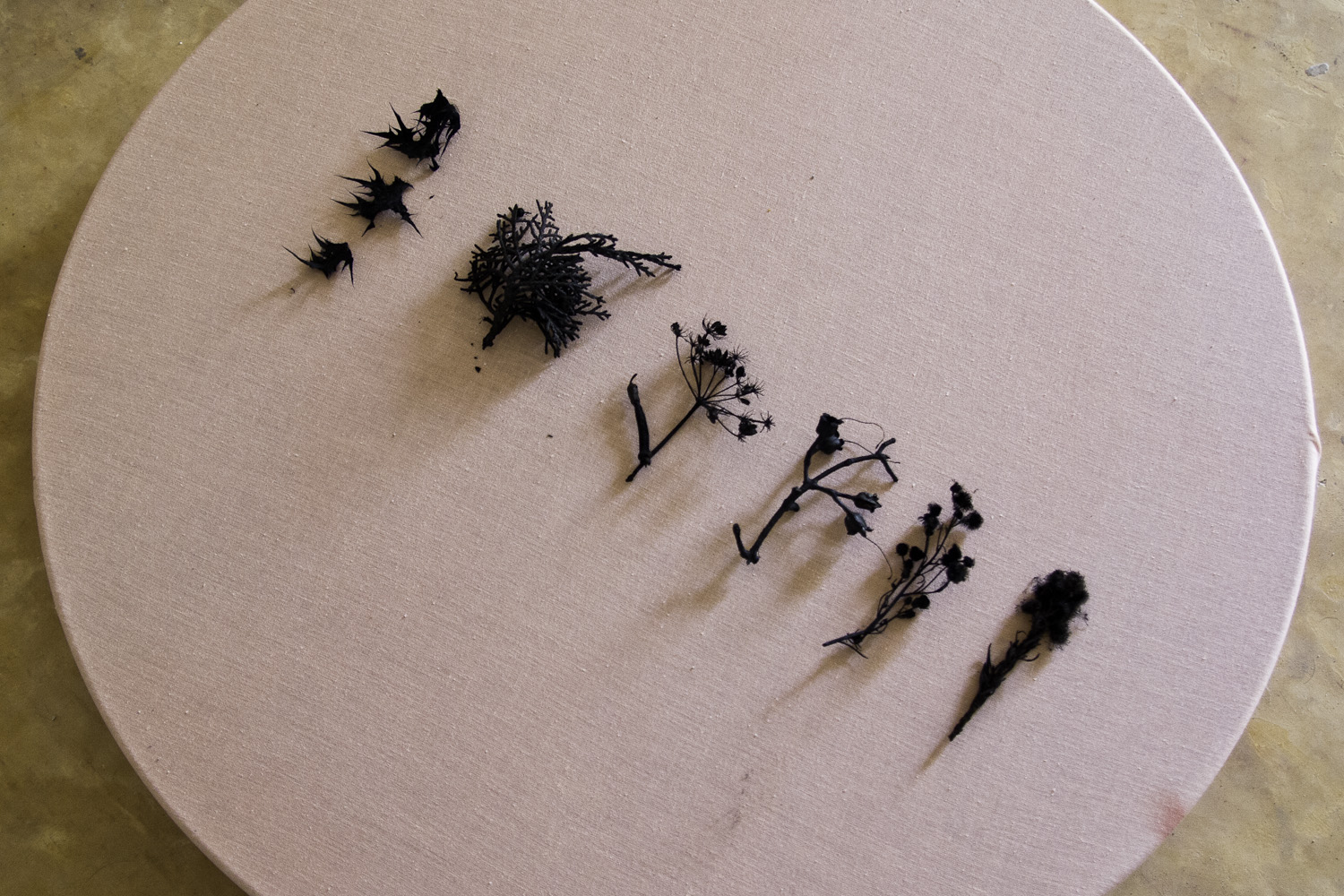Carbonization Preservation
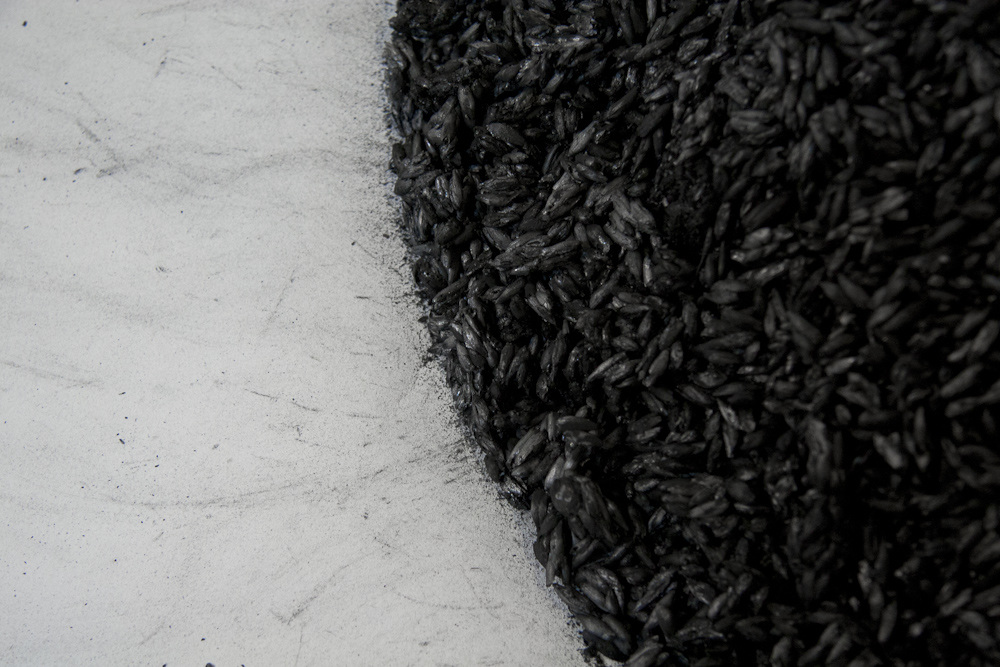
An ongoing body of work exploring the linkages between geology, anthropology and contemporary discourse regarding the anthropocene and its manifold interpretations. Each of these objects was artificially carbonized in custom built kilns.
“I began exploring pyrolysis (carbonization) as a means of shifting an object’s time scale from the biologic towards the geologic, carbonized objects no longer decompose.” The work draws inspiration from the carbonized scrolls of Herculaneum, one of the largest intact if unreadable ancient libraries in the world. Looking at a carbonized object we decode its reference points and tell a story, but its past present and future are fused in a single object. The information conveyed and concealed within will continue to change for us over time, even if the object cannot.

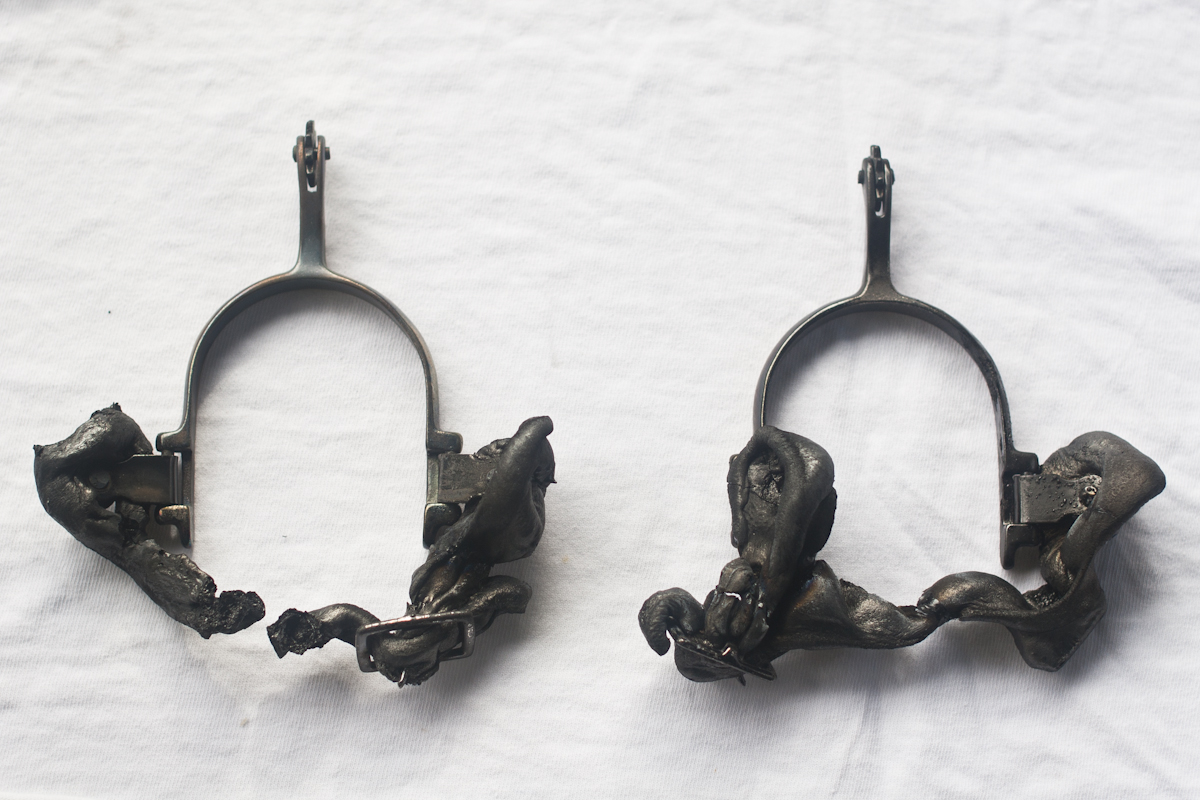
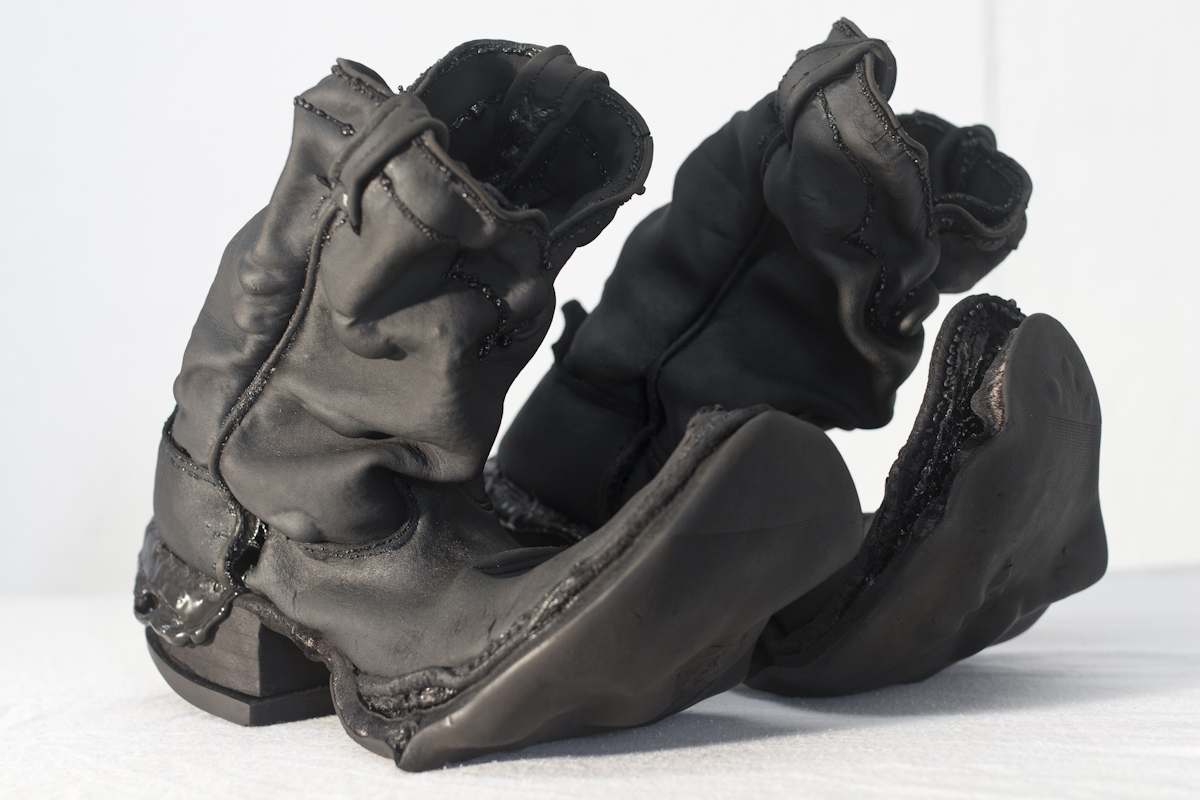
Three sets of architects drawings for the preservation of an historic adobe home in Los Angeles. Along the exterior surface of each scroll, the original drawings can still be seen. The carbonization process preserves as it destroys, entombing knowledge, linking culture to geology.

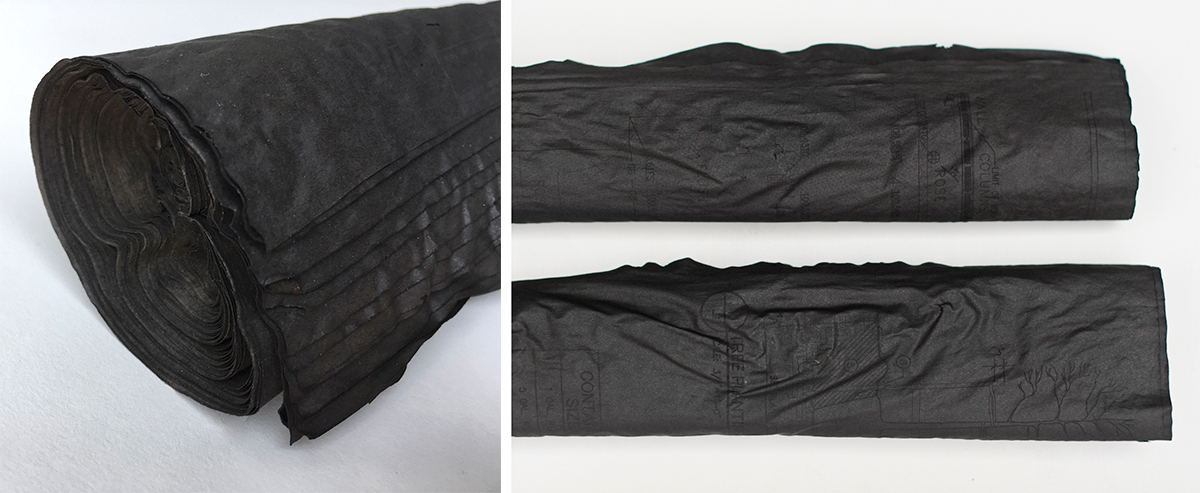
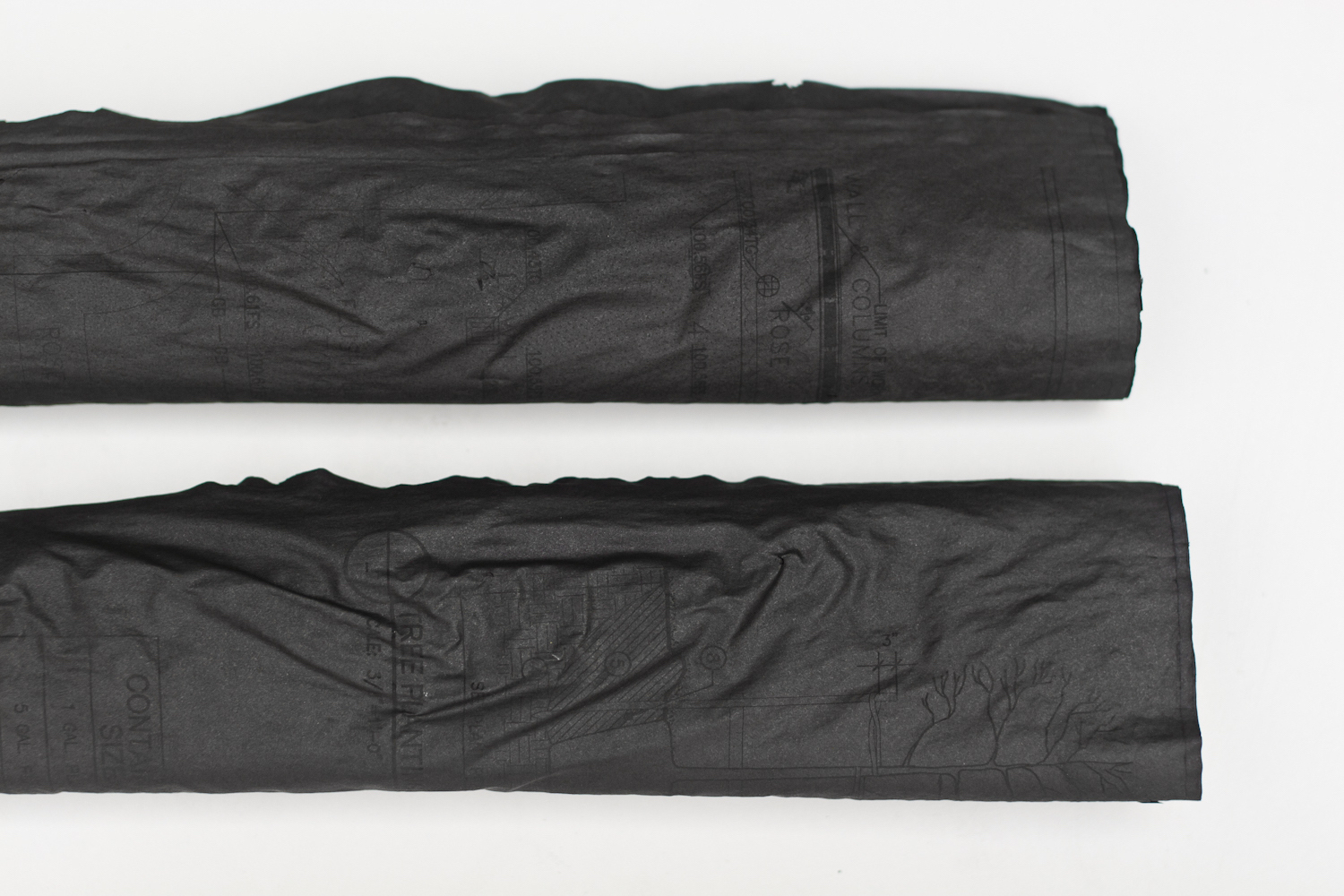
Detail from an installation in Santorini, Greece. Between 1642–1540 BCE, the island of what was then Thera erupted destroying much of the land mass and the Minoan civilization that lived there. This installation remembers the eruption through a series of carbonized plants that grew from the cracks and crevices of the gallery. Carbonized food stuffs from the ancient Minoans can still be seen on display in the National Archeological Museum of Athens.
